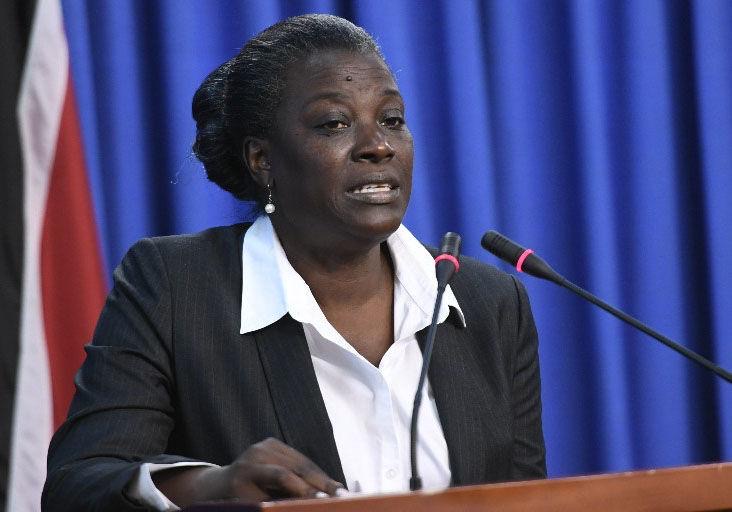(Trinidad Guardian) The first days of May have already produced more than half the total number of COVID-19 patients in all of April.
Epidemiologist Dr Avery Hinds gave the startling news at the Government’s COVID-19 update at the Diplomatic Centre, St Ann’s.
According to Hinds’ figures, in April there were 2,798 positive cases and already, for May, there have been 1,572 cases.
“The hospital figure is one of our concerns,” Hinds said.
Just last week, the medical team attached to the ministry said the country had ten days before it ran out of bed space in the parallel health care system. Yesterday, Hinds said with the daily high tolls, the parallel health system would crash before that time.
“The projected date that we gave of seven to ten days may actually be shorter in terms of reaching the maximum capacity,” he said.
Hinds said that there were 3,236 active, positive cases, out of which 303 were hospitalised.
“That figure is one of our concerns. Bear in mind that the more cases that we get, the more cases we will have and a proportion of those would be hospitalised, so our hospital figure would continue to rise,” he said.
The ministry also yesterday announced 324 new cases and five additional deaths in a 24-hour period.
Hinds said the last large spike was last September but the current figures were worse.
“We are seeing larger and larger numbers on a daily basis. The upward trend to date has not abated. The speed that we are going at, that upward trend has not abated,” he said.
Hinds said the country was beginning to “pick up pace” instead of slowing down.
“Again, this is a cause for concern. We need to reduce contact,” Hinds said.
While Hinds was able to disseminate the figures and the data, it was Thoracic Medical Director at the Caura Hospital, Dr Michelle Trotman, who brought humanity to the figures.
An emotive Trotman said the current rise in cases was “frightening.”
“You enter after you are ill, a point of fear. I do not want the narrative to become, instead of I know someone with COVID, to I know somebody who died from COVID,” Trotman said.
“It is a different narrative.”
Trotman urged people to do the simple measures of washing hands, wearing masks and social distancing.
“But now, it is absolutely mandatory, now that we are facing a disease that is spreading in such a way that it is taking away the future,” she said.
Trotman said already, the virus was claiming younger people in their 30s and 40s.
“I don’t want to say next that the twenty-years-old and the teens. As we know, it can affect everyone,” she said.
Trotman said clinically, patients were also presenting to hospital more ill than before and taking a longer time to get better.
She insisted that the citizens must help the authorities get the virus under control.
“I come with a heavy heart,” Trotman said.
“We are now seeing a picture of a patient that is different in the peak that we experienced before and that patient is somebody who most of us would know. It’s a 30-year-old, a 35-year-old, a 40-year-old who is coming in very ill,” she said.
“That is in contrast to our more elderly patients that we saw before that would come in moderately ill or mildly ill.”
She added, “When they come to us and we get into their histories, we are finding out what we do not want to hear. That many of them were involved in parties, in gatherings, in situations where at work, they would have been in the cafeteria without their masks eating and afterwards staying and congregating. These patients, when they are ill, volunteer more.”






